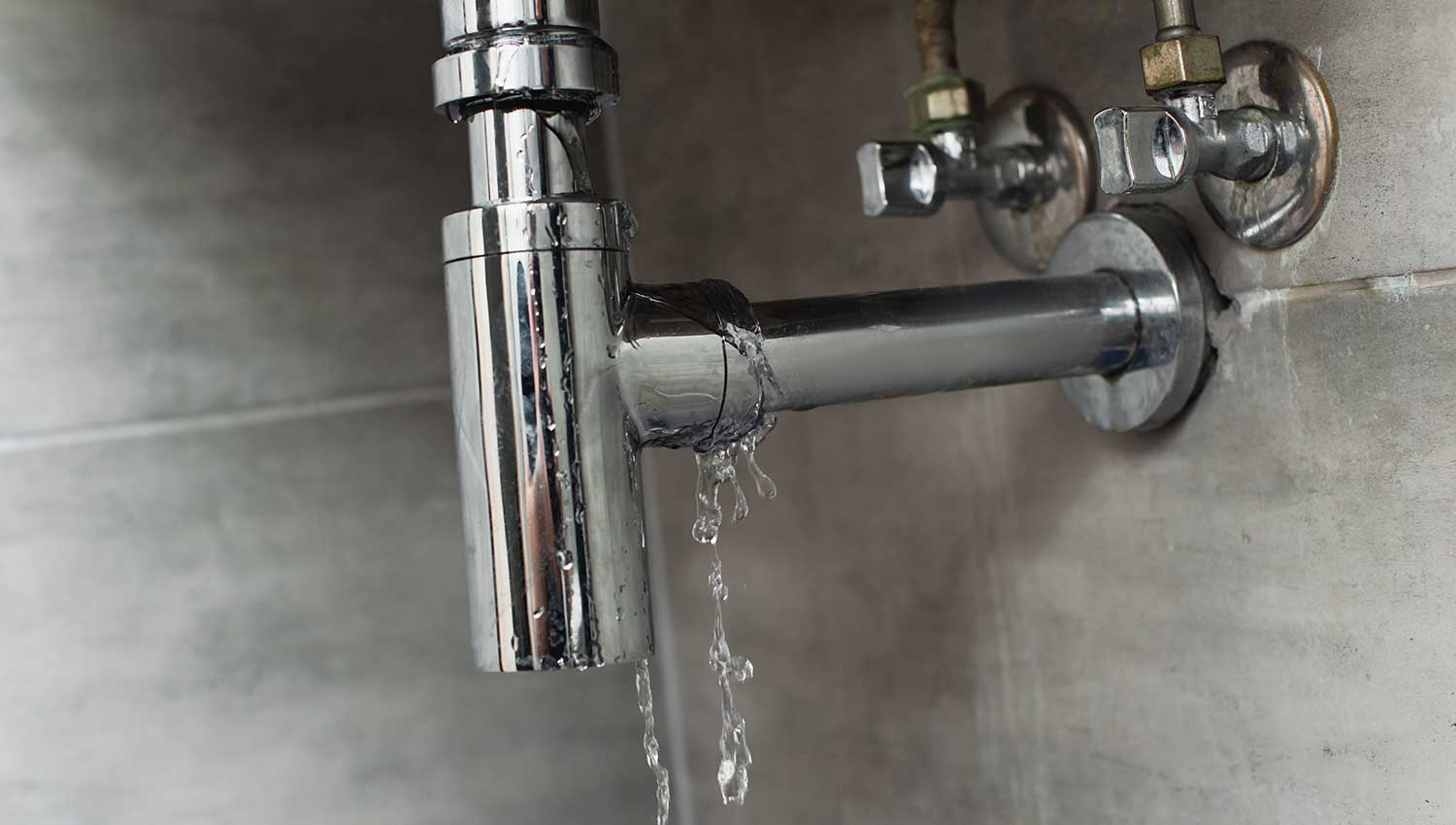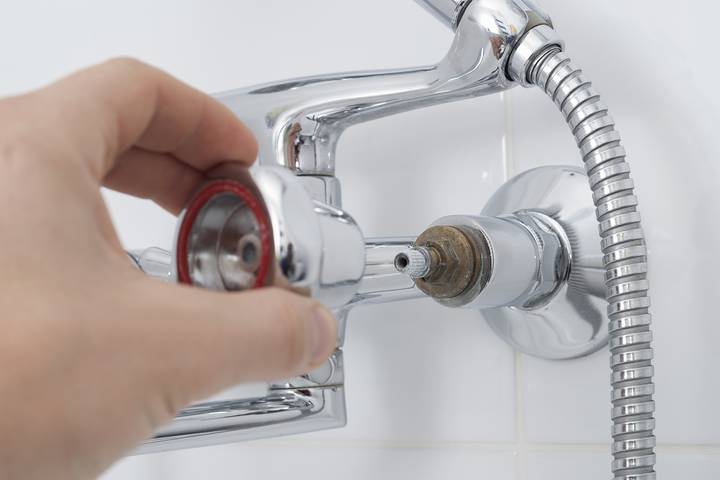In this article in the next paragraphs you will find additional high-quality insight on the subject of Potential Health Risks Associated With Leaky Faucets.

Introduction
A leaking tap might feel like a minor aggravation, but its effects extend far beyond the periodic drip. Comprehending the results of a leaking tap is important for both house owners and the setting. In this write-up, we'll discover the various effects of this usual household concern and why addressing it promptly is essential.
Sources Of Leaky Faucets
Leaking faucets can arise from a variety of aspects, including deterioration, high water stress, and corrosion. Gradually, the continuous use of faucets can bring about worn-out seals and gaskets, creating leaks to establish. Additionally, too much water pressure can place strain on plumbing fixtures, resulting in leaks. Rust and corrosion can additionally deteriorate tap elements, making them prone to leakage.
Water Wastage
Among one of the most significant repercussions of a leaky tap is water wastage. Also a little drip can amount to gallons of wasted water over time. This not only increases water expenses yet also adds to water scarcity and environmental destruction. Dealing with dripping faucets immediately is vital for preserving this valuable resource and lessening its influence on the world.
Financial Influence
Along with wasting water, leaking faucets can likewise have a considerable financial effect. Raised water expenses are a direct repercussion of water wastefulness, costing house owners thousands of dollars each year. Moreover, the expense of repairing water damage triggered by leakages can be substantial, particularly if left ignored for an extended period.
Ecological Impact
The environmental influence of dripping faucets expands beyond water wastage. By saving water, property owners can add to broader initiatives to alleviate water shortage and secure all-natural communities. Lasting choices such as rainwater harvesting and water-efficient components can better reduce the ecological impact of household water usage.
Technological Solutions
Advancements in modern technology have brought about the advancement of wise taps and water-saving devices that aid reduce water waste. Smart taps use sensing units to detect movement and change water circulation accordingly, decreasing waste without compromising comfort. Water-saving devices such as aerators and low-flow showerheads are additionally efficient in conserving water without endangering performance.
International Point of views
While leaky faucets might look like a local concern, they add to broader global challenges such as water scarcity and environment adjustment. In areas already facing water anxiety, every decline counts, making leakage avoidance and repair service necessary. By embracing water-saving methods and investing in sustainable technologies, home owners can play their component in dealing with these pushing international issues.
Regulatory Actions
Government regulations play a critical function in mitigating the influence of leaky taps and advertising water conservation. From developing codes that need water-efficient components to water-saving incentives and discounts, policymakers have a variety of devices at their disposal. By executing and implementing these laws, federal governments can make certain that house owners focus on water preservation in their every day lives.
Area Influence
Resolving dripping taps calls for cumulative efforts at the neighborhood level. By raising understanding regarding the importance of water conservation and supplying sources for leak detection and fixing, neighborhood authorities can equip property owners to act. Efforts such as water-saving discount programs and leak discovery campaigns can incentivize behavior modification and promote accountable water use.
Situation Researches
Real-life examples of the effect of leaky faucets emphasize the significance of positive upkeep and prompt repair services. From water damage to increasing water costs, the consequences of ignoring leakages can be severe. By sharing these case studies, property owners can better understand the value of addressing leaky faucets promptly.
Educational Campaigns
Educational projects play an important duty in increasing awareness concerning the impacts of dripping faucets and promoting water preservation techniques. Through workshops, seminars, and online sources, homeowners can find out how to discover and repair leakages themselves. By empowering individuals with knowledge and tools, educational campaigns can promote a culture of accountable water use within areas.
Wellness Concerns
Leaky faucets can develop helpful settings for mold and mold development, posturing wellness dangers to owners. The presence of mold and mildew can worsen breathing issues and allergies, specifically in prone people. In addition, water damage resulting from leaks can jeopardize the architectural integrity of buildings and cause pricey repair work.
Do it yourself vs. Expert Fixing
When faced with a dripping tap, home owners frequently dispute whether to try repair work themselves or employ an expert plumber. While do it yourself repairs can save money, they may not constantly address the underlying problem effectively. Professional plumbing technicians have the experience and devices to diagnose and take care of leaks properly, making certain long-lasting services and satisfaction for homeowners.
Preventive Measures
Protecting against leaking taps requires routine upkeep and positive procedures. Easy tasks such as replacing worn-out washing machines and seals can protect against leaks from establishing. In addition, updating to top quality fixtures and decreasing water pressure can assist extend the life expectancy of faucets and lessen the danger of leaks.
Final thought
In conclusion, the effects of a dripping tap prolong far beyond the periodic drip. From water wastefulness and boosted water expenses to health problems and environmental impact, the effects of overlooking leaks can be significant. By resolving leaking faucets without delay and embracing water-saving techniques, house owners can reduce these results and contribute to a much more lasting future.
Why You Shouldn’t Ignore a Leaky Faucet in Your Home
What Causes a Leaky Faucet?
Various factors can cause a leak, from loose and worn-out parts to corrosion. Your faucet has four essential components from which most plumbing issues will stem: the O-ring, the valve seat, the washer and the gasket.
What Is an O-Ring?
The O-ring is a stem screw that fastens parts of the faucet in place, preventing water from leaking out of the spout. Depending on your faucet type, the stem might have multiple O-rings. Water will drip from the faucet’s handles and base if this part breaks or deteriorates.
What Is a Valve Seat?
The valve seat controls the flow and temperature of the water. Found at the base of the handle, it works as a seal for the faucet’s stem. The valve seat ensures the water is allowed to flow or is blocked as the handles dictate. You’ll know it’s malfunctioning when water leaks from your faucet’s sides.
What Is a Gasket?
The gasket is found between the water inlet and the valve stem. It creates a seal between the faucet and the sink, holding its joints by aerators attached to the stem’s head. Water will trickle out from the base if the gasket isn’t working.
What Is a Washer?
The washer secures the handles and prevents leakage, serving a similar purpose to the O-ring. While the O-ring is ordinarily round and made from an elastic material, such as rubber, the washer is square-shaped and composed of brass, copper and other hard metals. If it malfunctions, corrodes or has been improperly installed, water will leak out of the handles, causing that incessant faucet drip.
Why Is a Leaky Faucet Dangerous?
A leaky faucet left alone for too long can have significant consequences.
Pest Infestations
Since bugs and rodents gravitate towards the scent of water, a leaky faucet will draw pests to your sink. Both are looking for leaks accessible through crawl spaces, which a faucet provides. If you leave water dripping for too long, you run the risk of an infestation.
Rust
If one of the faucet parts has started to corrode, the resulting rust can spread to your pipes and valves with startling speed. The rust might even lead to cracks or other impairments, resulting in more severe plumbing issues.
Your sink could also sustain damage from a leaky faucet. The water in your tap possesses sparse elements of calcium and iron that can stain your sink with repeated and prolonged exposure. Once those elements in the water have been open to the air for some time, your sink will start to rust, creating marks that can be difficult to remove.
https://www.tomsmechanical.com/blog/why-you-shouldnt-ignore-a-leaky-faucet-in-your-home

We had been made aware of that report about Potential Health Risks Associated With Leaky Faucets through an acquaintance on another web property. Sharing is good. Helping people is fun. I treasure your readership.